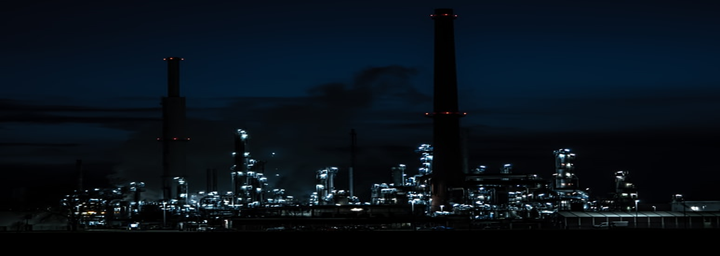A renewed focus on sustainability
As the chemical industry moves into 2022, strong demand for both commodity and specialty chemicals should keep prices robust throughout the year. The industry could face margin pressures amid raw material cost inflation, which will likely remain high through the first half of 2022.
One of the critical areas of focus for most US chemical companies in 2022 will likely be sustainability and decarbonization. Many chemical companies are expected to increase investment in research and development (R&D) capabilities and leverage advances in decarbonization and recycling technologies to lower their and their customers’ carbon footprint, as well as reduce plastic waste.
Supply chain challenges are acute and still unfolding. There’s no mistaking that manufacturers face near-continuous disruptions globally that add costs and test abilities to adapt. Purchasing manager reports continue to reveal systemwide complications from high demand, rising costs of raw materials and freight, and slow deliveries in the United States. Transportation challenges are likely to continue in 2022, including driver shortages in trucking and congestion at US container ports. As demand outpaces supply, higher costs are more likely to be passed on to customers.
New avenues are opening
The renewable energy sector is ready to branch out. The year ahead promises new growth paths for the renewable energy industry, potentially aided by supportive policies from an administration focused on combatting climate change.
In 2021, the renewable energy industry remained remarkably resilient. Rapid technology improvements and decreasing costs of renewable energy resources, along with the increased competitiveness of battery storage, have made renewables one of the most competitive energy sources in many areas.
Renewable energy growth is poised to accelerate in 2022, as concern for climate change and support for environmental, sustainability, and governance (ESG) considerations grow and demand for cleaner energy sources from most market segments accelerates.
Reference:
2022 Chemical Industry Outlook | Deloitte US
The floating traffic jams off ports. The multiplying costs of moving freight. The resulting shortages of goods. All of this had seemed like an unpleasant memory confined to the COVID-19 pandemic. But no such luck!
An ocean container capacity crunch has hit global trade just as peak shipping season starts, with freight spot rates up some 30% over the past few weeks and heading higher.
The first joint Europe-wide assessment of the drivers and impact of chemical pollution by the European Environment Agency (EEA) and the European Chemicals Agency (ECHA) has concluded that, despite progress in some areas, “more work is still needed to reduce the impact of harmful substances on human health and the environment”. Key findings include:
The severe drought which has forced the Panama Canal, one of the world’s busiest trade passages, to limit daily crossings could impact global supply chains during a period of high demand.
In the early hours of March 26, the Singapore-flagged ship Dali, loaded with 5,000 containers, slammed into Baltimore’s Francis Scott Key Bridge, causing the 1.6-mile (2.5-kilometer) bridge to collapse in a matter of seconds. The Dali was departing for Colombo when the disaster struck. Initial fears were confirmed that half a dozen people lost their lives in the accident.
The pharmaceutical and biotechnology industries constantly seek innovative methods to enhance product stability, solubility, bioavailability and ease of use. Within this realm, CDMOs [Contract Development & Manufacturing Organizations] serve as invaluable partners in the development and production of high-quality drug products.
Chinese New Year 2024 is upon us, disrupting logistics from Asia starting Feb 10th. This event is expected to impact global shipping until Feb 21. Freight rates from Asia has skyrocketed with rates to the US surging by 3.5X and Europe by 6X.
Amid ongoing Red Sea diversions by shipping giants like Maersk, CMA, logistics managers are globally confronting a dual challenge of escalating ocean and air freight prices alongside cargo disruptions due to
Why will CM be the next generation on quality?
